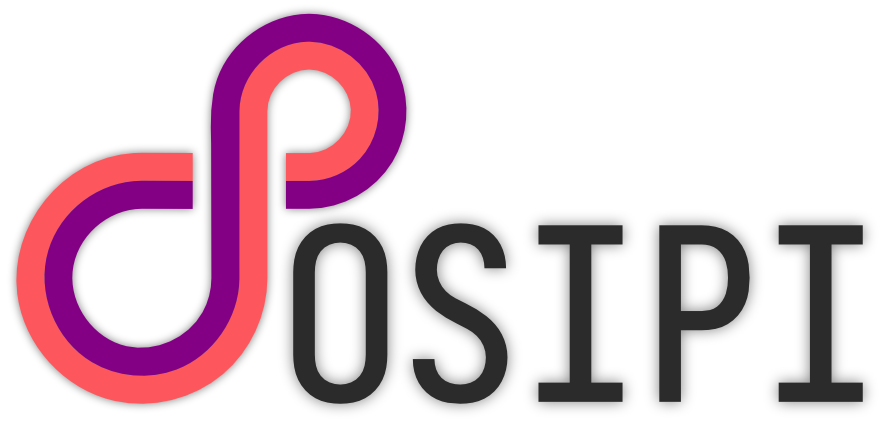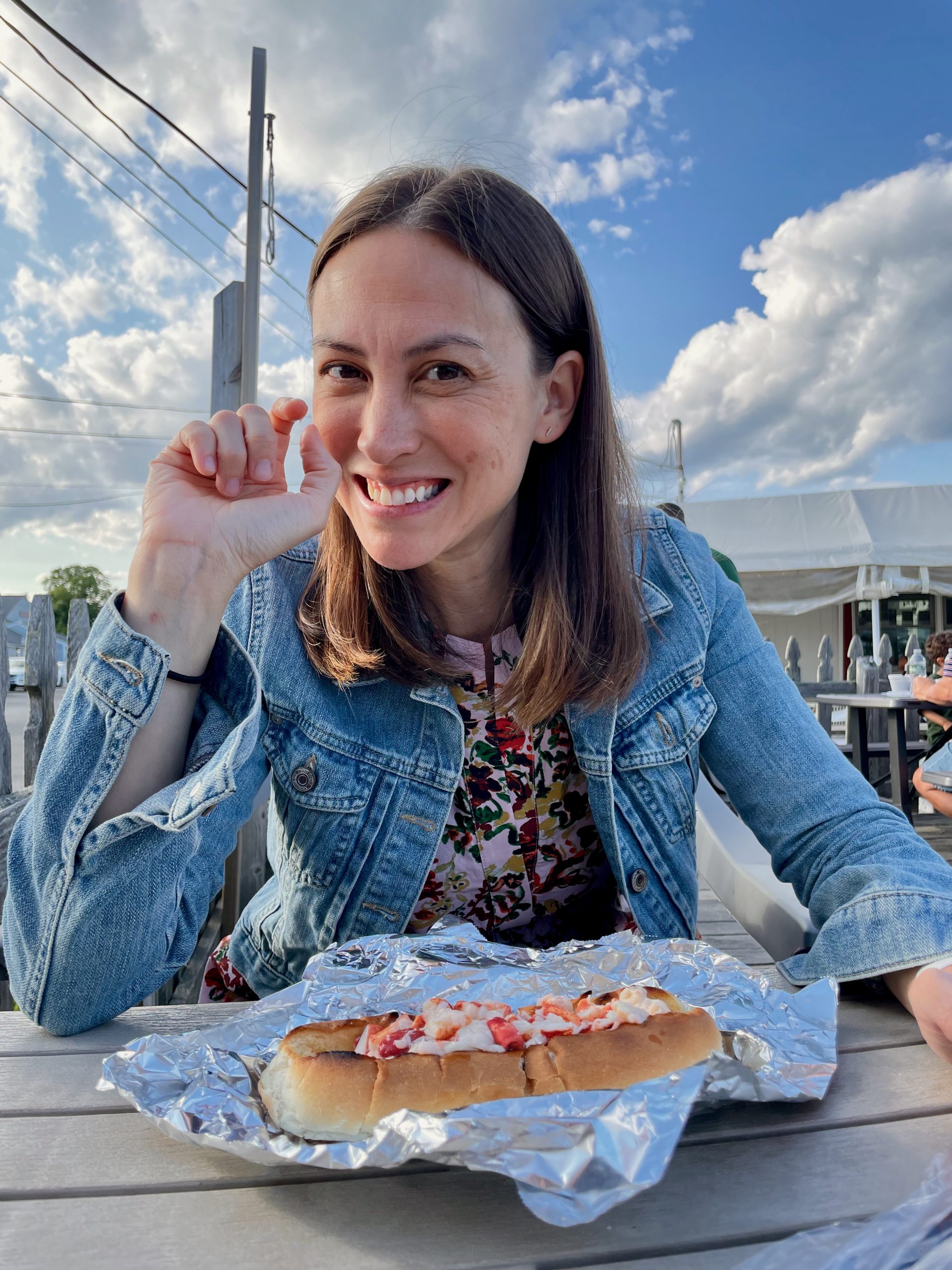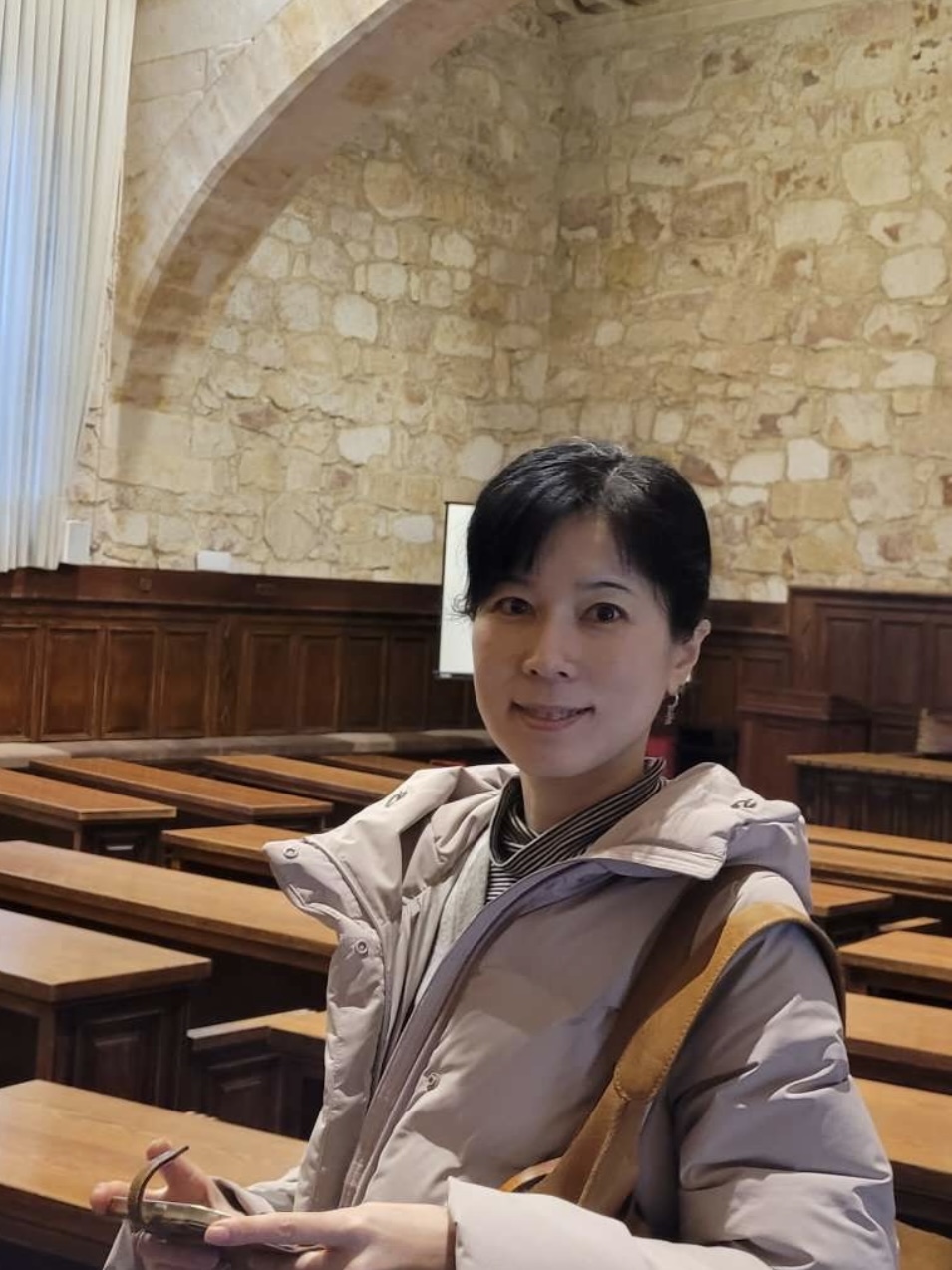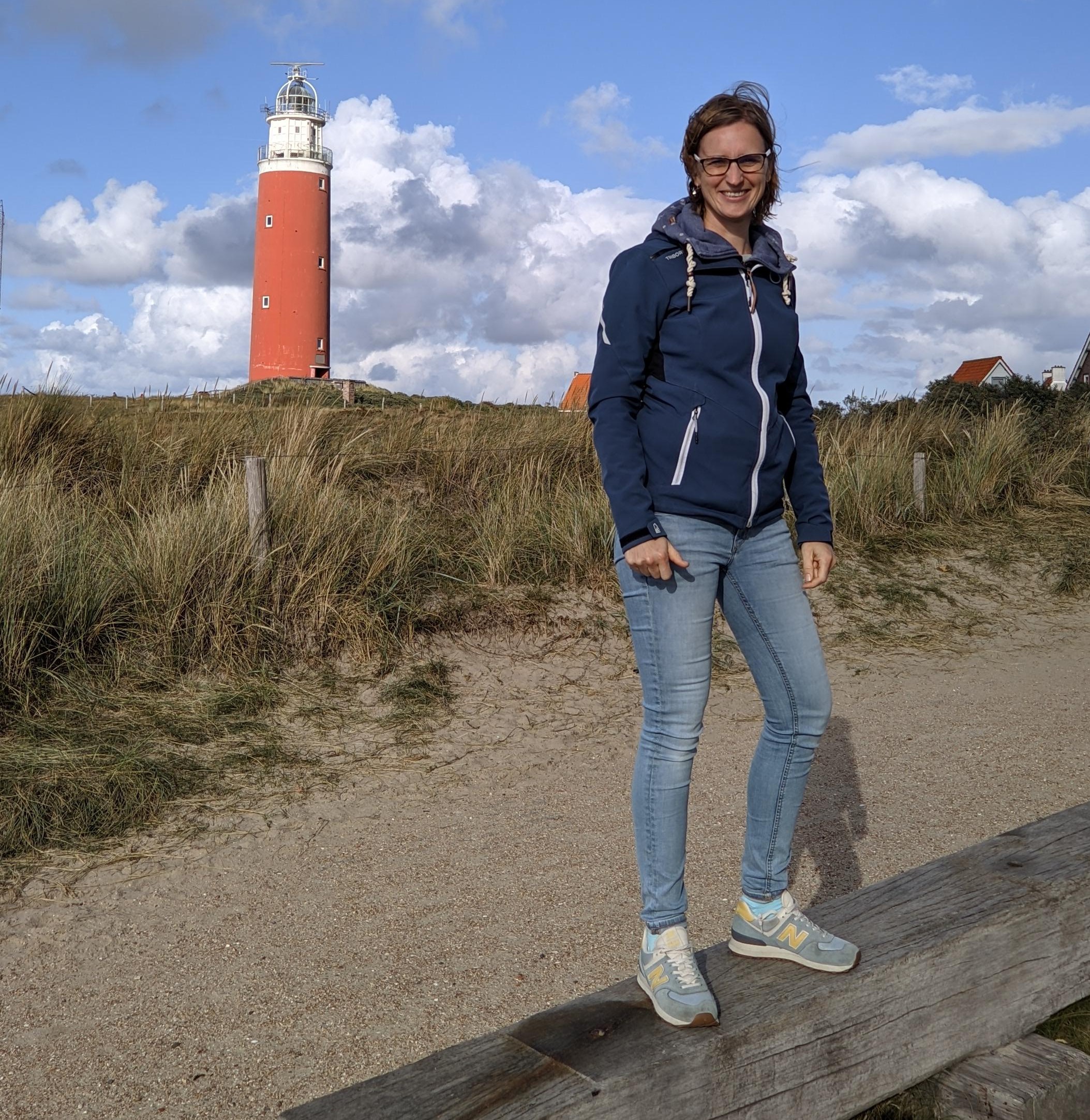By Mathieu Boudreau
 This MRM Highlights Pick interview is with current and past members of the ISMRM Open Science Initiative for Perfusion Imaging (OSIPI) leadership, Laura Bell (Genentech), Henk Mutsaerts (Amsterdam University Medical Center), Yuriko Suzuki (University of Oxford), Petra van Houdt (the Netherlands Cancer Institute), and Ben Dickie (University of Manchester). Their first two-year roadmap has resulted in a collection of MRM publications which were coordinated by different task forces:
This MRM Highlights Pick interview is with current and past members of the ISMRM Open Science Initiative for Perfusion Imaging (OSIPI) leadership, Laura Bell (Genentech), Henk Mutsaerts (Amsterdam University Medical Center), Yuriko Suzuki (University of Oxford), Petra van Houdt (the Netherlands Cancer Institute), and Ben Dickie (University of Manchester). Their first two-year roadmap has resulted in a collection of MRM publications which were coordinated by different task forces:
- The road to the ISMRM OSIPI: A community-led initiative for reproducible perfusion MRI
- ISMRM Open Science Initiative for Perfusion Imaging (OSIPI): ASL pipeline inventory
- Contrast-agent-based perfusion MRI code repository and testing framework: ISMRM Open Science Initiative for Perfusion Imaging (OSIPI)
- ASL lexicon and reporting recommendations: A consensus report from the ISMRM Open Science Initiative for Perfusion Imaging (OSIPI)
- A community-endorsed open-source lexicon for contrast agent–based perfusion MRI: A consensus guidelines report from the ISMRM Open Science Initiative for Perfusion Imaging (OSIPI)
- The ISMRM Open Science Initiative for Perfusion Imaging (OSIPI): Results from the OSIPI–Dynamic Contrast-Enhanced challenge
This aim of OSIPI is to develop reproducible research practices in the field of perfusion imaging (DCE, DSC, ASL), through resources such as software inventory, an open source, benchmarked code library, a lexicon of technical terminology, shared data resources, and reproducibility challenges.
MRMH: Could you each tell us about yourselves and what your involvement with OSIPI has been?

Laura: I first got involved with OSIPI back in 2018 while I was doing a postdoc in brain cancer imaging at the Barrow Neurological Institute, specifically using DSC perfusion techniques. During this time, I was involved with initiatives like QIN and QIBA, and started to really understand the reproducibility concerns when it came to image analysis. I was elected as the trainee representative of the ISMRM Perfusion Study Group at the same time as Steven Sourbron was the incoming secretary. Steven wanted to continue building the interest in perfusion freeware; and, together, we decided to send out a call to action to the study group to understand what the community needed. From this, OSIPI was born. I was on the founding board, and then Co-Chair of the first roadmap once OSIPI’s plans were finalized and saw through our first publications in MRM.
Henk: My research started with the issue of ASL reproducibility between different MRI vendors and scanners, and I was shocked by the lack of standardization. When developing our standardized ASL pipeline within the European Cooperation in Science and Technology (COST) Action ASL in Dementia, together with Jan Petr, I saw how important image processing harmonization was for comparing studies. I joined the BIDS community to develop the ASL extension to BIDS, and when Steven and Laura were setting up OSIPI I found myself getting enthusiastic about this important effort. I gave them some feedback and ideas which they liked, apparently enough to want me to join the OSIPI leadership when I was the trainee representative of the ISMRM Perfusion Study Group.
Yuriko: I first started working in MRI as a clinical scientist for Philips, and then did my PhD with Thijs van Osch in Leiden. All my experience was in the acquisition side until I moved to Oxford for my postdoc with Michael Chappell, where I did image processing work for the first time. It was when I heard of OSIPI. I’m still in Oxford now, as a Royal Academy of Engineering research fellow, but I think I am still an acquisition-person. So it’s natural that I first joined OSIPI as a co-lead of the task force for the ASL lexicon to standardize the acquisition parameters. I became secretary while Laura was Chair and Henk Co-Chair, and the current Chair of OSIPI now.

Petra: I’m currently working as a research associate at the Department of Radiation Oncology in the Netherlands Cancer Institute. When I first came here, I got involved in a study of DCE for head and neck cancer, and I was quite shocked that the results were so different when using the different software packages. I first learned about OSIPI at the OSIPI Member-Initiated Symposium at ISMRM 2019. I was really enthusiastic about the plans to make perfusion imaging more reproducible, and after talking to Steven, I later became a co-lead of the task force for the DCE and DSC code library. I’m also part of the leadership now.
Ben: I did my PhD in human DCE MRI in cancer, and I am currently a junior PI developing MRI approaches to measure vascular leakage in the brain. As regards to OSIPI, I came to the party quite late — it had already been set up and was already one year into the roadmap. I came across the OSIPI website and noticed the initiative was set up by Steven Sourbon, who I had done my masters with. I found the DCE and DSC lexicon task force quite appealing, so that’s where I focused most of my involvement until I recently became involved in the leadership of OSIPI as the new secretary.
MRMH: What is the background story of OSIPI?
Laura: As I mentioned earlier, Steven and I met through the Perfusion Study group in 2018. We had similar interests, past frustrations working with open-source tools, and enthusiasm about reproducibility with regard to the data analysis pipeline. We initially wanted to build a new software platform , so we sent out a call to action to the Perfusion Study Group, and got over 100 responses! The feedback was great, but what really stood out to us was that the community loud and clear said: we don’t need another data analysis pipeline, we need better ways to validate the ones we have! From the responses, an initial founding board was formed of 7 people (Laura Bell, Patricia Clement, Charlotte Debus, Andrey Fedorov, Simon Levy, Steven Sourbron, and Frank Zoellner). The seven of us met bi-weekly to digest all the feedback, form a governance structure, and identify OSIPI’s mission and its aims. We put together an ISMRM Member Initiated Symposium (MIS) in 2019 as a way to initially advertise OSIPI and get larger buy-in from the community. We really wanted to build a sustainable initiative that would continue on and allow it to evolve with time. After this, the founding board dissolved and OSIPI became the structure we know today. Operationally, OSIPI officially started early on in 2020 with its first 2 year road map.
Reflecting back on this, I’d also like to mention that my involvement with OSIPI may have been different had it not been for the support of my PI, Chad Quarles, at the time. In 2018, I had a seven-month-old daughter, and at the time ISMRM didn’t have caregiver funds and I was overwhelmed with a newborn. My PI was really supportive and encouraged me to go by helping find ways my mother-in-law could travel with me and my daughter.
MRMH: Let’s focus on the lexicons for a bit. How do you envision perfusion software adopting these terminologies?

Ben: Well, to begin with, our DCE/DSC software task force (TF 2.3) is now basing the structure and terminologies of its Python based perfusion analysis software around the DCE/DSC lexicon. Through this effort, we aim for parameter map outputs from software (such as Ktrans maps), and the processes used to generate them, to be effortlessly encoded into DICOM parametric maps using the lexicon terminology. We also plan to build tools for this software library that can generate automated outputs for methods text to be included in publications. More generally, we would encourage developers of other perfusion analysis softwares to start incorporating the lexicon terminology and structures into the design of their software so that the lexicons are embedded in all analysis softwares.
Henk: The difference between the work of the contrast- and ASL-based task forces is that for ASL the image processing needs more standardization than the quantification model, as the latter has already been simplified and standardized for clinical ASL, specifically in the seminal 2015 MRM white paper by Alsop et al. Another difference is that ASL has much greater variety in acquisitions, whereas for DCE/DSC the variety lies in the modeling part, and the arterial input function. Hence, the ASL Lexicon Task Force mainly defined acquisition parameters, whereas the DCE/DSC Task Force defined processing/modeling parameters. The ASL lexicon is thus more important for the acquisition methods section of a manuscript, and less so for the processing choices compared with DCE/DSC. Furthermore, for ASL we also created BIDS.
MRMH: How are your lexicons different from (or similar to) what has been developed in ASL-BIDS?
Yuriko: We share the same aim: improving the reproducibility in ASL research. So, there’s definitely some overlap, and it’s not just in content but also in contributors; three of the core members of the ASL-BIDS (Henk, Patricia Clement and Jan Petr) were also the members of our ASL lexicon task force. We believe harmonizing ASL Lexicon and ASL-BIDS is crucial. While BIDS aims to organize the data structure for standardized data storage, our lexicon defines terminologies for all the parts of ASL, from pulse sequence parameters, ASL-derived parameters, and model parameters. Our target audience is researchers who develop pulse sequences and analysis tools to avoid misunderstandings in how these components are reported because the development of ASL is widely expanding, and also those who use these ASL techniques and tools to find how their ASL studies should be reported for better reproducibility.
Henk: This is also reflected in the content; ASL-BIDS thus far contains only the standard clinical ASL sequences defined in the white paper, whereas the lexicon has more exotic sequences and options. ASL-BIDS needs an extension for the nomenclature of ASL derivatives, and this is where OSIPI could help a lot from its DSC/DCE experience.
Ben: As far as the DCE/DSC community is concerned, DICOM is still the main data format used. We’re now primed to speak with DICOM and other stakeholders regarding standardizing how data is recorded within DICOM fields, which will hopefully take us a step closer to a standardized clinical implementation of these methods.
MRMH: With regard to the OSIPI code toolbox, how does this task force compare with the software inventory task force?

Petra: The software inventory aim was to investigate and compare packages that already exist, and that are typically full end-to-end pipelines. We also didn’t restrict this task force only to open source software; widely used but proprietary perfusion software analysis tools were also included in this inventory. In contrast, the code library is a collection of code snippets that may concern only one part of a typical analysis pipeline. And for this repository, we added a testing framework to compare all the different code snippets to see if they give similar or different outputs. In this way, researchers or developers that are looking for new code can make an informed decision on which implementation to choose for their own analysis. The code repository will hopefully reduce duplicate development and improve reproducibility.
Henk: The users would differ too. The software inventory is useful for the clinical and/or first-time user, to see what suits them. The availability of manuals and demos, and so on, is important. The code snippets, on the other hand, target technically-savvy developers who want to create their own custom pipeline without having to reinvent the wheel. There is also a difference between DSC/DCE and ASL. In contrast with ASL, not many publicly available, let alone standardized, DSC/DCE pipelines exist. This would be a strong reason for DSC/DCE developers to create a DSC/DCE pipeline within OSIPI, whereas for ASL several pipelines exist and they are relatively standardized.
MRMH: Has your data inventory task force used BIDS and/or the lexicons in the process of organizing the data?
Laura: Actually, it has been a challenge to get momentum for our data inventory task force (TF3). Generally, we’ve found that there is a lot of interest from people wanting to share data, and this interest is still growing. But many of us lack experience in sharing data or lack the resources to understand how to share perfusion data. So as a shameless plug, if you’re reading this interview and are interested, please reach out!

MRMH: Pulse sequences are a major reproducibility challenge in MRI. Have you considered exploring vendor neutral sequences (like PulseSeq) for a future OSIPI task force?
Yuriko: That’s not currently in our roadmap, but speaking for myself it is something I’m very interested in. In particular, reproducibility on the ASL side is quite dependent on the sequence design, as the post processing is fairly simple. In the future, it would be very interesting to see involvement or collaborations between OSIPI and the vendor-neutral pulse sequence community.
Petra: To date, OSIPI has focused more on the analysis part of perfusion imaging. We hope to collaborate more closely with QIBA (the Quantitative Imaging Biomarker Alliance) regarding harmonizing acquisitions.
MRMH: Do you feel that any of the progress made by OSIPI has brought these tools closer to clinical use, or brought additional benefits for patients being imaged with these techniques?
Laura: I think we are still in the early days to understand the impact OSIPI’s tools may have clinically. We’ve had a few interactions that I’m quite proud of, including hearing from new academic clinicians who have stumbled upon some of the OSIPI resources, and used them to implement standardized imaging protocols and analysis into their workstreams. The efficiency of having a centralized location of resources and knowledgeable contacts will only further support the clinical translation and eventually benefit patients.
Yuriko: In the first roadmap (2020-2022), we focused on developing the resources. But when we started our second roadmap (last year), many task forces decided to make the developed resources more user-friendly and accessible, targeting not only core researchers, but also, for example, radiographers and clinicians who work more closely to patients. To support this idea, we opened aim 5 “Exchange and Education platform” in the second roadmap. So, I hope we will see more benefits in the near future.
Petra: We’re really excited to announce that OSIPI has been accepted as a mentor organization for the Google Summer of Code program in 2024. While we have the support from our community, the access to software developers to ensure our resources will be user-friendly and sustainable will only keep setting us up for success.




